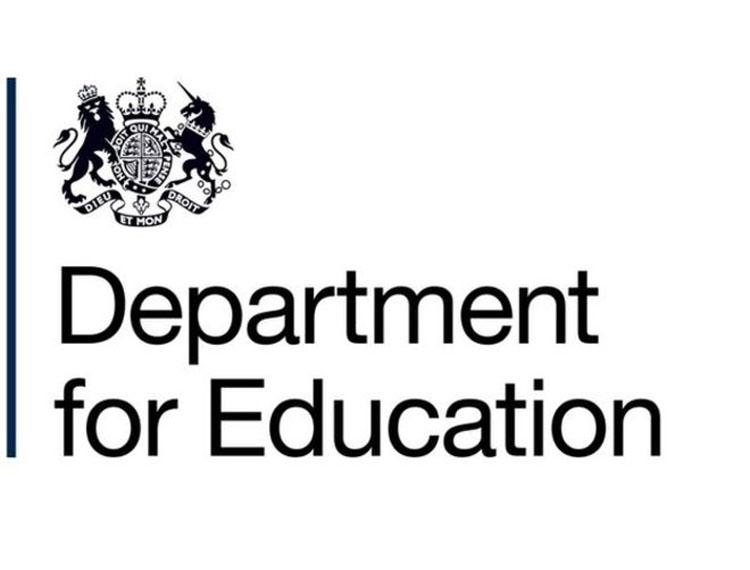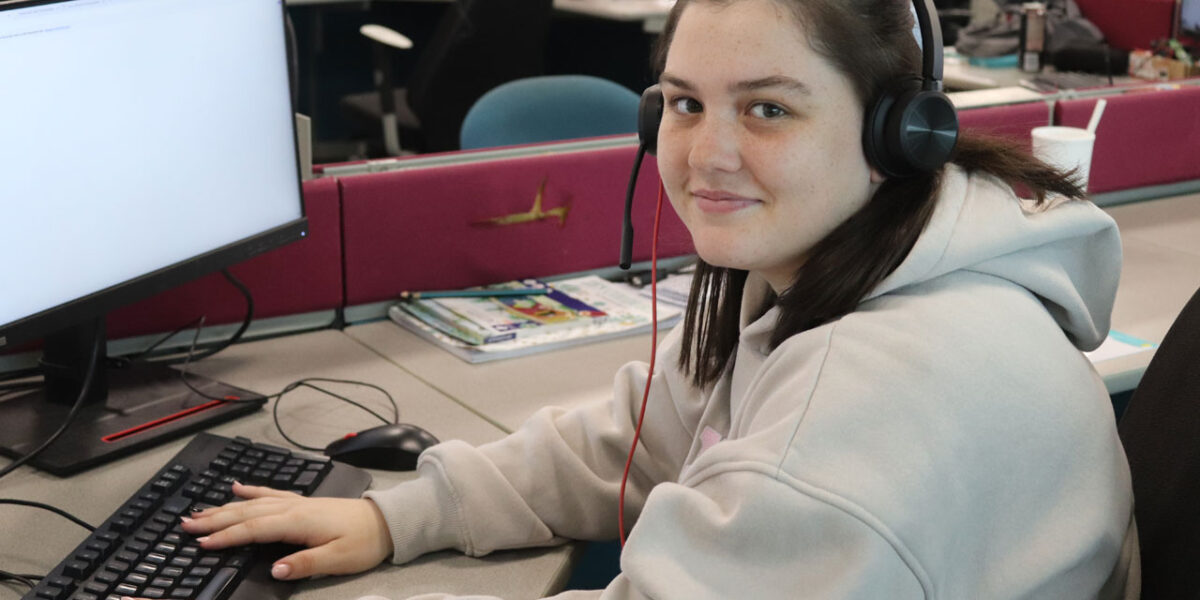Careers education, raising aspirations and apprenticeships

One of the commitments of the recently published ‘Building our Industrial Strategy’ Green Paper was that the Government will publish a comprehensive careers strategy later this year. High quality careers provision on academic and technical routes, including apprenticeships, is a key priority for the Government.
Here is a summary of responses to questions asked in the teacher voice omnibus survey regarding careers education, raising aspirations and apprenticeships:
The majority of secondary senior leaders (94 per cent) and secondary classroom teachers (86 per cent) stated that the careers advice offer in their school covered both academic and technical education options including apprenticeships. Additionally, a majority of secondary senior leaders (89 per cent) and classroom teachers (70 per cent) said that their school has an identified lead individual with responsibility for overseeing the institution’s careers programme; and the school provides personal guidance (i.e. one-to-one sessions) to its pupils (senior leaders 80 per cent and teachers 69 per cent). Secondary senior leaders believed that the main source of information they used to help pupils make informed decisions about their education and career choices was career/subject-specific web tools (85 per cent) in contrast to 59 per cent of classroom teachers. A high proportion (77 per cent) of both secondary classroom teachers and senior leaders said that their main information source was their own personal knowledge and experience.
 The Secretary of State for Education has made clear in a recent speech the importance of high aspirations for all pupils. More broadly, the Secretary of State has signalled her determination to improve social mobility through education, which means levelling up opportunity for the most disadvantaged pupils, and those who are just about managing, to ensure that all young people can fulfil their potential across every life phase. A key part of this is making sure the education system prepares young people and adults for career success.
The Secretary of State for Education has made clear in a recent speech the importance of high aspirations for all pupils. More broadly, the Secretary of State has signalled her determination to improve social mobility through education, which means levelling up opportunity for the most disadvantaged pupils, and those who are just about managing, to ensure that all young people can fulfil their potential across every life phase. A key part of this is making sure the education system prepares young people and adults for career success.
Overall, more respondents described the aspirations of the pupils in their school as ‘very high’ or ‘high’ rather than ‘low’ or ‘very low’. For example, 48 per cent of primary respondents described pupils’ aspirations as ‘very high’ and ‘high’, while 16 per cent described them as ‘very low’ and ‘low’. The corresponding figures for secondary respondents were 45 per cent and 19 per cent. Just over a third (35 per cent) of primary and secondary respondents described the aspirations of their pupils as ‘average’. Proportionally more primary respondents (41 per cent of senior leaders and 36 per cent of classroom teachers) than secondary respondents (31 per cent of senior leaders and 33 per cent of classroom teachers) felt that the aspirations of their pupils were ‘high’. Additionally, more secondary senior leaders (17 per cent) than secondary classroom teachers (11 per cent) and more primary senior leaders (10 per cent), than primary classroom teachers (9 per cent) felt that the aspirations of their pupils were ‘very high’.
In terms of overcoming barriers to raising aspirations, two-thirds of primary respondents (66 per cent of senior leaders and 61 per cent of classroom teachers) felt that lack of support from parents was one of the most significant barriers their school faces in raising the aspirations of its pupils. As in primary schools, secondary senior leaders cited lack of support from parents (55 per cent) as a significant barrier; whereas this was viewed as significant by only just over one third of classroom teachers (37 per cent). Nearly half of secondary teachers (45 per cent) identified pupils’ lack of motivation as one of their most significant barriers in raising aspirations (in contrast to 38 per cent of senior leaders).
In order to encourage pupils to have high aspirations and/or to help them achieve their potential, respondents, when selecting from a predefined list of options said they were focussing on raising attainment (89 per cent of senior leaders and 80 per cent of teachers in primary schools, and 90 per cent of senior leaders and 70 per cent of teachers in secondary schools); building life skills (88 per cent of senior leaders and 78 per cent of teachers in primary schools, and 78 per cent of senior leaders and 63 per cent of teachers in secondary schools); and providing talks from role models/inspirational people (68 per cent of senior leaders and 51 per cent of teachers in primary schools, and 89 per cent of senior leaders and 71 per cent of teachers in secondary schools).
Over half of primary respondents (53 per cent of senior leaders and classroom teachers) said that building life skills was the most effective way to raise aspirations and help pupils achieve their potential. For senior leaders in secondary schools a focus on raising attainment (26 per cent of senior leaders) and talks from role models/inspirational people (16 per cent) were considered to be most effective. Secondary classroom teachers said that talks from role models/inspirational people (23 per cent) and building life skills (20 per cent) were viewed as most effective at raising aspirations.
In order to promote apprenticeships four-fifths of secondary senior leaders said that they shared literature about apprenticeships (80 per cent) and approximately three-fifths said they invited education or training providers (62 per cent) or employers (60 per cent) to talk about apprenticeships or took pupils to a careers or apprenticeships fair (60 per cent). Nearly three-quarters (69 per cent) of secondary senior leaders said that a mechanism to match schools with employers offering apprenticeships and willing to speak to pupils would help to further promote apprenticeships in their school.











Responses